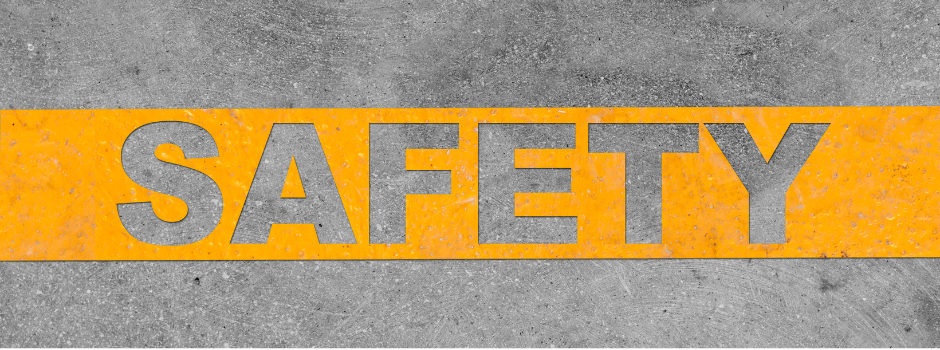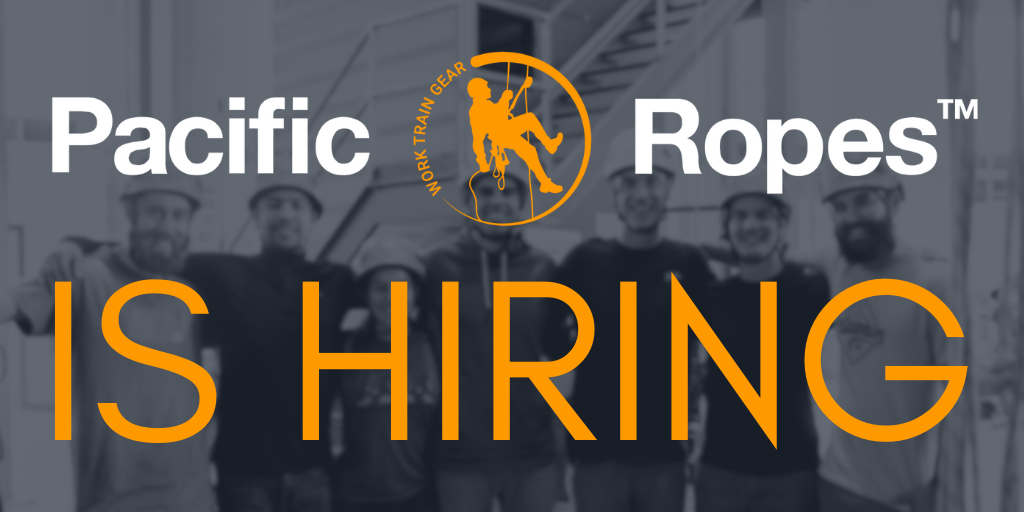
Workplace safety regulations exist to keep the individual safe, and to prevent the preventable. Rope Access is no different. In fact, redundant safety is a constant theme from equipment testing, technician training, certification and regulations. From overseeing organizations and regulatory government agencies, all these levels of organization function to ultimately keep the employees safe at work.
Accidents at height will have bigger consequences. Whether it is an equipment malfunction, technician inexperience or dropped objects from other areas above, there are many variables at height to consider.
Recently, there was an accident requiring emergency services dispatching in a special unit to rescue a window washer at height after other attempts failed (Read article here). Although we do not know the details, there are a few certainties.
1) An accident occurred at height
2) An individual was unable to provide self rescue
3) There was no supervisor or other technician around to provide rescue operations
The problems that occurred here, are unfortunately not unique to this situation. We want to unpack and address several issues. The responsibility (or lack thereof) of all levels of operations and how it contributes to accidents on sites, what your responsibilities and rights are as a technician to a safe work place, and how you can advocate for yourself, others, and the industry.
VFRS technical rescue team on scene this morning rescuing a window washer from the side of a building. Crews were able to repel down to him and get him transported to hospital. pic.twitter.com/nGds9OOjrr
— Vancouver Fire Rescue Services (@VanFireRescue) August 22, 2022
The Responsibility of Employers
Provide a Rope Access Plan
A Rope Access Plan must be in place before any work commences. The Rope Access Plan MUST include, but not limited to: associated hazards to job, how to mitigate/eliminate said hazards, description of rope access system, locations and types of anchorages, procedures for assembly/maintenance/inspection/disassembly of rope access system, names and duties of technicians, PPE used, and emergency/rescue evacuation procedures.
Employers must ensure and document that the person is trained in the rope access plan and knows that person's duties under the plan before allowing a person to perform rope access.
Ensure Proper Training and Certification
WorkSafeBC states that "a written rope access plan must be prepared and be available at the workplace" (Part 34.4.1). In addition to that, it is the responsibility of the employer to ensure and document that the rope technician is certified and has received training, as appropriate to the work being done (industrial climbing), by one of the following:
IRATA (Industrial Rope Access Trade Association)
SPRAT (Society of Professional Rope Access Technicians)
Accommodate Technicians' Safe Work Practices
The employer must ensure that they comply with the Safe Work Practices as described in any of the publications set out in the associations listed above. Technicians are trained and certified by one of these recognized rope access organizations, and must follow the practices that ensure their safety. This includes: experience documentation, work teams and supervision, access work plans, work zones, communication plan, rope access systems, equipment maintenance and inspection, rescue and emergency services. If employers are unable to provide support or proper documentation in accordance with the Safe Work Practices, technicians have the right so request necessary supports.
Use a Two-rope System
The employer must ensure that technicians are using a two-rope system - a working line, and a backup line.
Provide Rescue Plans
The employer must ensure that a person performing rope access can be promptly rescued (Part 34.8).
Higher Safety Standards
If your employer is also an IRATA member, they must follow IRATA guidelines which are held to a higher standard than the presiding regulatory authority reference (in BC, that would be WorkSafe BC, and Occupational Health and Safety (OHS) for Alberta). IRATA members must follow the ICOP (International Code of Practice). Under these principles in section 1.4, employers are responsible for planning, training and competence, management and supervision, and work methods. According to IRATA, only Level 3 rope access technicians are permitted to be rope access safety supervisors.
Employers that are IRATA members as well, need to ensure there is an L3 supervisors on the work site, if there are Level 1 and 2 workers, thus providing an added layer of safety for technicians.
The Responsibility of Technicians
A brand new certified Level 1 Technician, is the most vulnerable employee. Several factors contribute to this, mostly inexperience and priorities of paying bills. But safety, should and always be your priority. We recently heard of an incident where a trainee got certified, found employment, and due to lack of safety measures, injured herself significantly enough to be out for a year. You do not want to put yourself in a situation, as a new technician, to invest time, energy, costs associated with training, only to get injured on the first job you land, and then render yourself unemployed thereafter. In addition to being unemployed, you lose skills/techniques learned from training, are not logging working hours - hindering the upgrade potential, and ultimately lose confidence which affects competency.
Technicians ultimately have the largest influence over their own safety. Technicians can have a voice, by reporting and/or refusing unsafe work. There are comprehensive safety guidelines, whether it is a presiding regulatory authority, IRATA, or SPRAT - all contain major common elements before work commences: training and certification by recognized rope access organizations, inspection and maintenance of equipment, preparing and documenting risks and hazards in a rope access plan, and rescue procedures in the untimely circumstance of an accident.
Recognizing and asserting safety for yourself and your colleagues is important, and allows the industry to evolve towards safety.
What Technicians can do to create Safer Work Conditions:
Advocating for Better Safety Measures
Whether it is on the job site, to a manager, employer, emails to governing bodies, all communication for better safety and regulation works in favor of technicians' safety. Knowing your worth as a technician, can be the difference between safety for yourself and others. Demonstrating and providing evidence of unsafe measures and being clear with your messaging, is imperative to change. There is a lot of fine print to go through in a lot of the IRATA, SPRAT, and WorkSafeBC documents, but if there is something amiss that contributes to a safer work environment, make an inquiry!
Work for companies with proven and stringent regulations and records
A good and responsible company will have a record of incidents. No matter how serious or minor the incidents are, they will have them recorded and will not hesitate to provide information. Companies that refuse or have no history of incidents are typically less stringent and reflects on lack of accountability and safety as a priority.
Work for companies that are members of recognized Rope Access Organizations
As previously mentioned, IRATA thoroughly audits their members every 3 years, from operations to trainers, the process is arduous but for all intense purposes, necessary. IRATA members must attend annual meetings, submit quarterly safety records, ensure quality of training and supervision on work sites, and cooperate and correspond with IRATA in relation to any complaints or incidents. IRATA will fine and penalize members who are not compliant.
Safer Measures Create Trust and Growth
Having a mindset of safety first, creates an industry people can rely on. Project completion is a priority for many businesses, but getting it done without accidents, or incident reporting, and lawyers involved is just as important. The headache, stress, inconvenience, and all around hassle of accidents, is not good for businesses, and as an industry we want to give assurance to clients, ourselves, and potential technicians, that projects will go smoothly. As it stands the level of safety within our industry is already a high standard. But as the demand for rope access and technicians continues to grow, and the industry develops, there is no room for complacency. Keeping technicians safe, is everyone's priority.
We would love to hear your thoughts on this. Please contact us with any questions, or comments regarding safe work practices out on the field!



